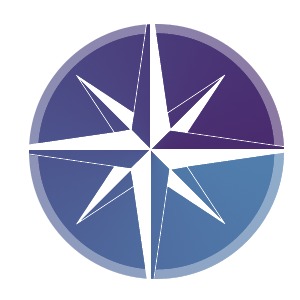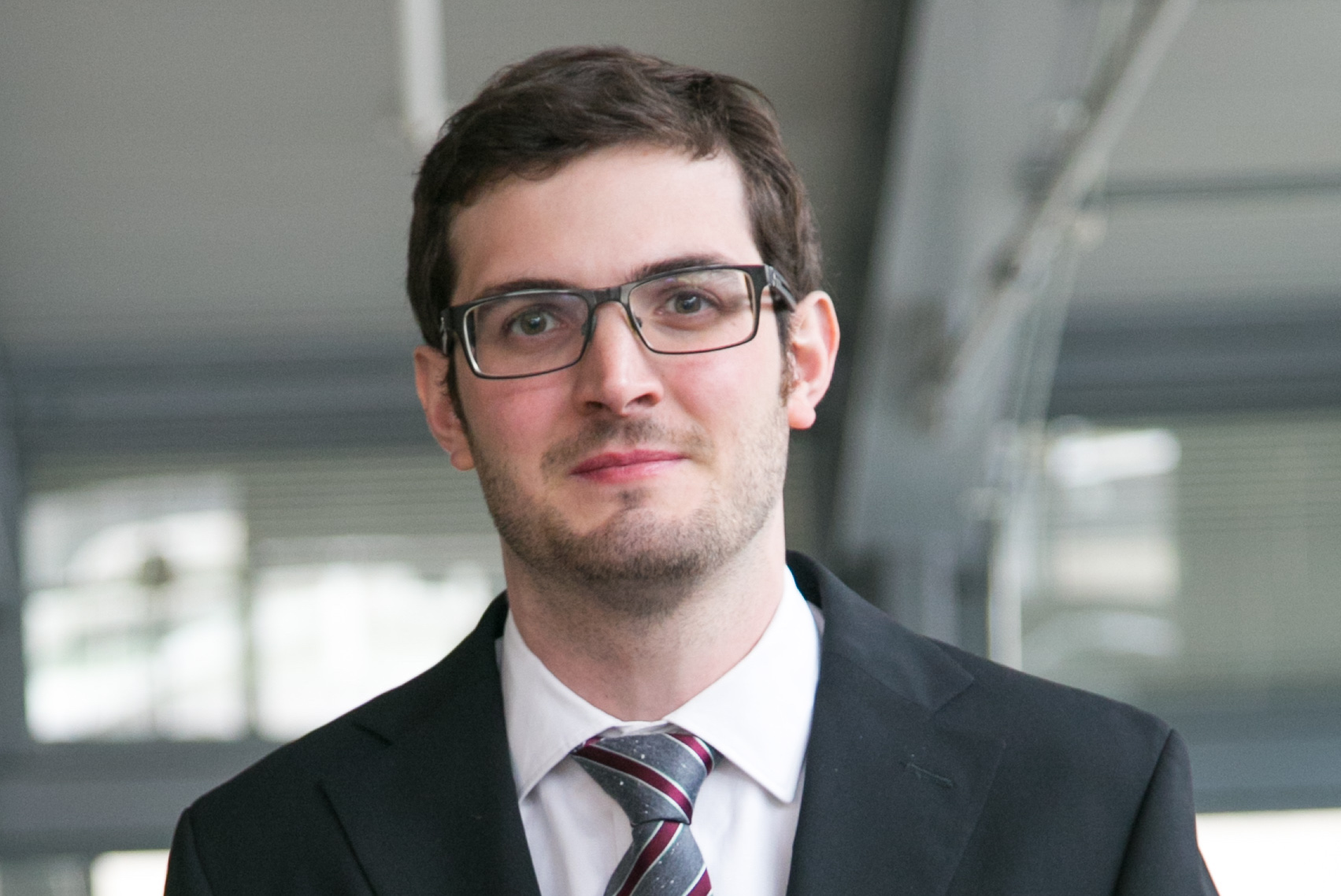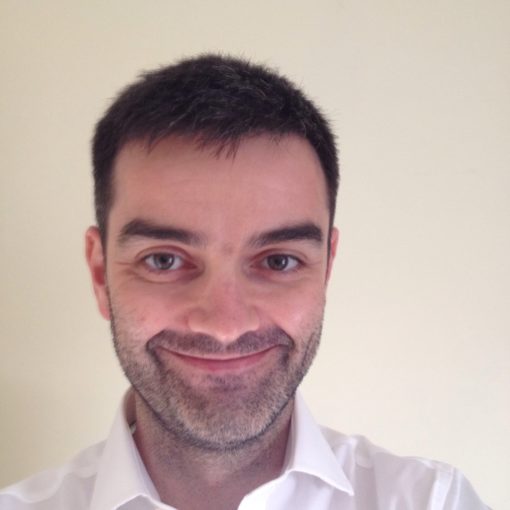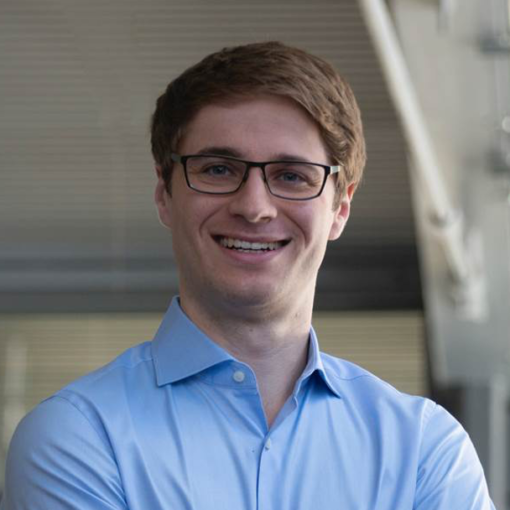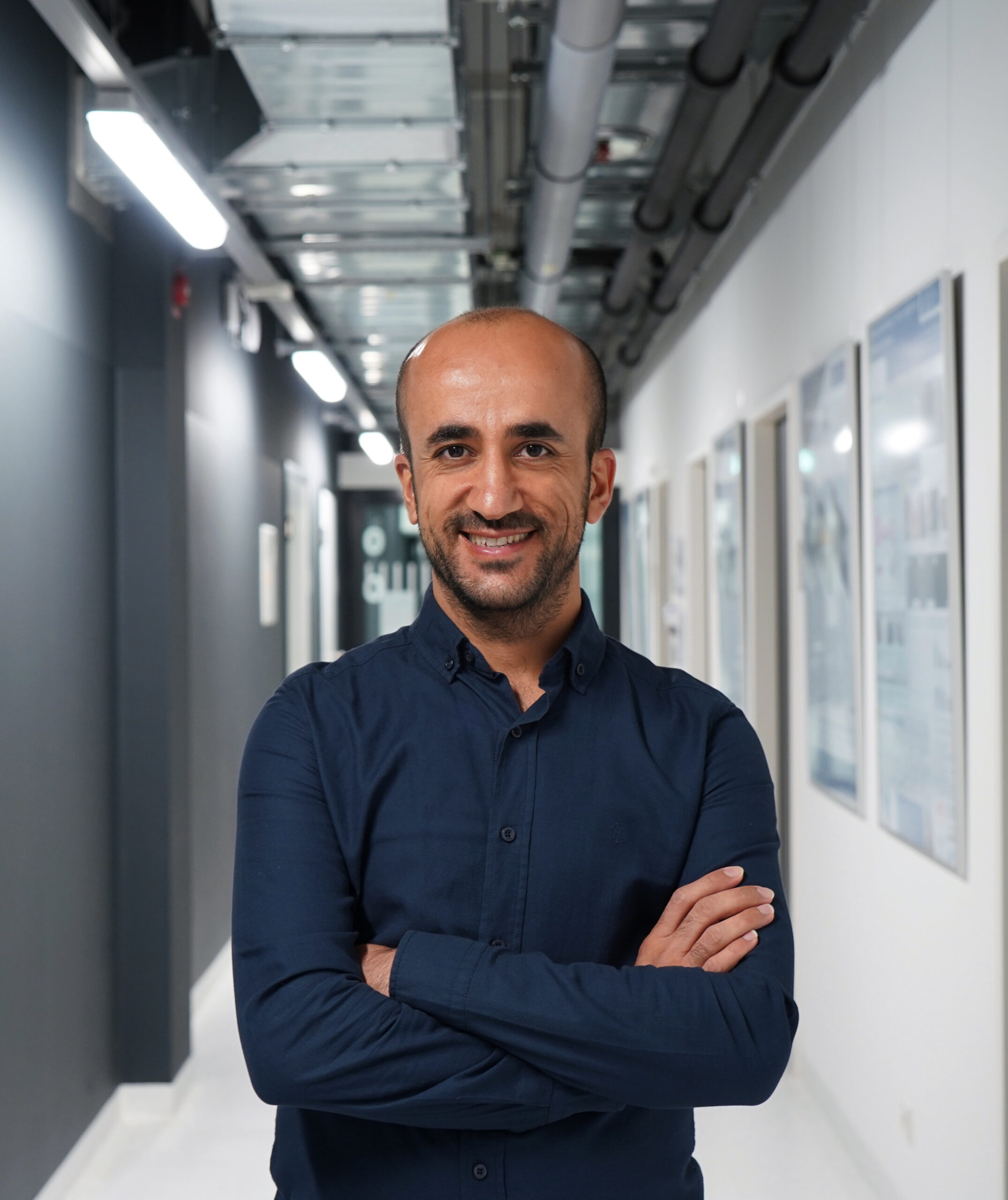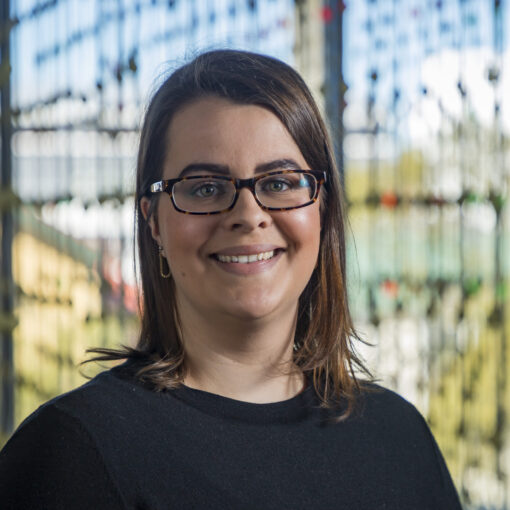PhD, Space Communications, Massachusetts Institute of Technology, U.S.A (2020)
| Engineer, ARC Development | |
|---|---|
| SES | |
Year entered into a non-academic position: 2020
Job highlight: I help to develop the software that will efficiently allocate the resources (mainly power and bandwidth) in the next generation of satellites.
My research training set me up to … analyse a problem through a critical lens, identify its essence, and come up with different solutions that approach it from multiple angles.
Left academia after: PhD
What’s your background?
I studied Telecommunications Engineering and Industrial Engineering at the Polytechnic University of Catalonia in Barcelona. After an eleven-month stay at the Massachusetts Institute of Technology, where I worked on a collaboration with NASA to determine the future architecture of their Space Communications and Navigation network, I decided to do a PhD in this field. My research focused on the potential impact of space and aerial networks (satellites, balloons, UAVs) in terms of providing connectivity to uncovered and under-served regions in emerging countries in Africa, South East Asia, and South America.
Why did you move away from academia?
Academia often studies problems from a theoretical (and often idealized) perspective, discounting many of the details and nuances that are required for the solution to work in real-life. Moreover, I felt that I couldn’t make a real impact in my field of expertise from an academic position. Since one of the conclusions of my research was that satellite networks were best-positioned to provide connectivity to uncovered and under-served communities, I decided to pursue a career in the space-telecommunications industry instead.
Is there anything you miss about academia?
Of course! One of the best things about academia is having access to fellow researchers and professors with expertise in a wide range of topics. In that sense, I miss the interdisciplinary collaboration and exchange of ideas with people in other research groups, as well as being part of an environment where you are constantly exposed to the latest advancements in other fields.
How did you get this job? Did you face any challenges when considering a move away from academia or applying for the role?
My current company had an on-going collaboration with colleagues in my department at MIT, so I knew about their latest projects. Knowing that I would be a good fit, I reached out to a recruiter from SES during a career fair in my final year.
By the time I was applying, my mind was already set on transitioning to industry. I had some doubts about whether to stay within the space industry or move into big tech, so I prepared for interviews with a range of companies. In the end, I spent one and a half months interviewing and making my final decision, and the process was very smooth. If you are considering this transition, I would recommend applying for jobs well before writing your thesis – hands down the most stressful period of a PhD – as interviewing and preparing for these interviews is very time consuming.
Did you think you had the skills required for your current position before you started? Were you right?
Yes, part of my research at MIT was about the design of satellite networks and involved a lot of modelling, simulation, and optimisation; so I was confident that I had the skills required for my current engineering position at SES.
However once I started, I quickly realised that the complexity of the system and the number of subsystems involved was much higher than I had anticipated, and I would have to shore up my expertise in many new areas in order to succeed.
How did your PhD prepare you for your current job? For example, what were the transferable skills that you developed during your PhD that are most relevant to your current job?
Given that my current job scope is very closely related to my research, the technical knowledge I had acquired from my PhD is obviously very relevant. That said, I find that the set of horizontal skills that one develops during this process are also very relevant.
Going through a PhD teaches you to structure problems systematically, formulate hypotheses, and establish plans to test them; this kind of mindset is very valuable everywhere.
Did you have any preconceptions about your sector that proved to be wrong?
Given its potential for military applications, the space telecommunications industry is heavily regulated, and as a foreign national working in the US I had thought that getting the permissions and approvals to perform my duties would be extremely cumbersome. However, SES has been very diligent in this process and clearance has never been a problem for me.
Can you describe a typical week in your job?
Every Monday I have several sync-up calls with my manager and other colleagues on the team. As the week progresses, most of my interactions are with our external partners and vendors. Since SES is a truly global organization, and my team is split between the US and Europe, I spend most of my mornings in meetings. During the afternoons, I focus on moving my own projects forward by developing engineering tools to conduct technical analysis, as well as reviewing results and documentation.
What’s the workplace culture like? Please include comments on work-life balance, flexibility, remote working?
SES has a very open culture and collaborative environment where everyone is encouraged to participate in the discussions and voice their opinions. The company puts a lot of emphasis on personal and professional development and it offers numerous opportunities to employees through learning and development programs. Work-life balance is great, and we have the freedom to set a flexible schedule according to our needs. The company has a global footprint, so a lot of the work is done online or remotely (even before the pandemic).
What are your favourite parts of your job?
My favourite part of the job is that I get to interact with a lot of functions at SES and I am able to have a holistic view of all the technical components required to run a communications satellite. I also enjoy having discussions with colleagues with different backgrounds about how to solve a problem, as you learn about different techniques and perspectives.
What are your reflections on your (future) career path?
Over time, I would like to progress in my career at SES by taking on roles closer to System Architecture, where I can play a more direct role in defining the requirements for the next generation of satellite systems that our company will operate.
Do you have any advice for current graduate students and postdocs considering a career outside of academia?
Getting an internship in a company which you are considering is a great way to know the work first-hand, as well as the culture of the company. Also, talk to a lot of people in the sector!
Finally, a lot of people fear leaving academia because they worry that they will not be able to continue doing research; however, I have found that industry actually leads research in many areas, so there are definitely opportunities to continue working on your research!
What do you know now that you wish you’d known when exploring a transition?
Having a PhD does not necessarily tie you to jobs in your field of study; on the contrary, it opens doors to many opportunities. Also, the lifestyle and work conditions in industry and in academia are extremely different. It is a breath of fresh air – to have a clear divide between work and personal time, and to not constantly think about that paper you have to submit, that deadline you need to meet, or that experiment you need to run.
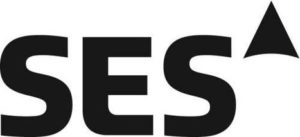 About SES
About SES
SES is the world’s leading satellite operator with over 70 satellites in two different orbits, Geostationary Orbit (GEO) and Medium Earth Orbit (MEO). It provides a diverse range of customers with global video distribution and data connectivity services through two business units: SES Video and SES Networks. SES Video reaches over 355 million TV homes, through Direct-to-Home (DTH) platforms and cable, terrestrial, and IPTV networks globally.
The SES Video portfolio includes MX1, a leading media service provider offering a full suite of innovative services for both linear and digital distribution, and the ASTRA satellite system, which has the largest DTH television reach in Europe.
SES Networks provides global managed data services, connecting people in a variety of sectors including telecommunications, maritime, aeronautical, and energy, as well as governments and institutions across the world. The SES Networks portfolio includes GovSat, a 50/50 public-private partnership between SES and the Luxembourg government, and O3b, the only non-geostationary system delivering fibre-like broadband services today.
Further information is available at: www.ses.com
Why Join SES?
At SES we have a team of employees from all across the globe who work together to make a real difference in the world.
It’s an exciting time to join SES. We continue to expand our horizons into new technologies and new markets and that is exactly why we are always looking for new team members who can work with us to shape the future.
Whether it’s to help bridge the digital divide by connecting millions of people across the world; making it possible for people to stay connected while flying 10km up on a commercial airplane; or providing extensive satellite coverage of all of the world’s seas and ocean regions – we like a challenge.
We are proud of our company culture; it’s about how we deliver on our purpose and proposition.
